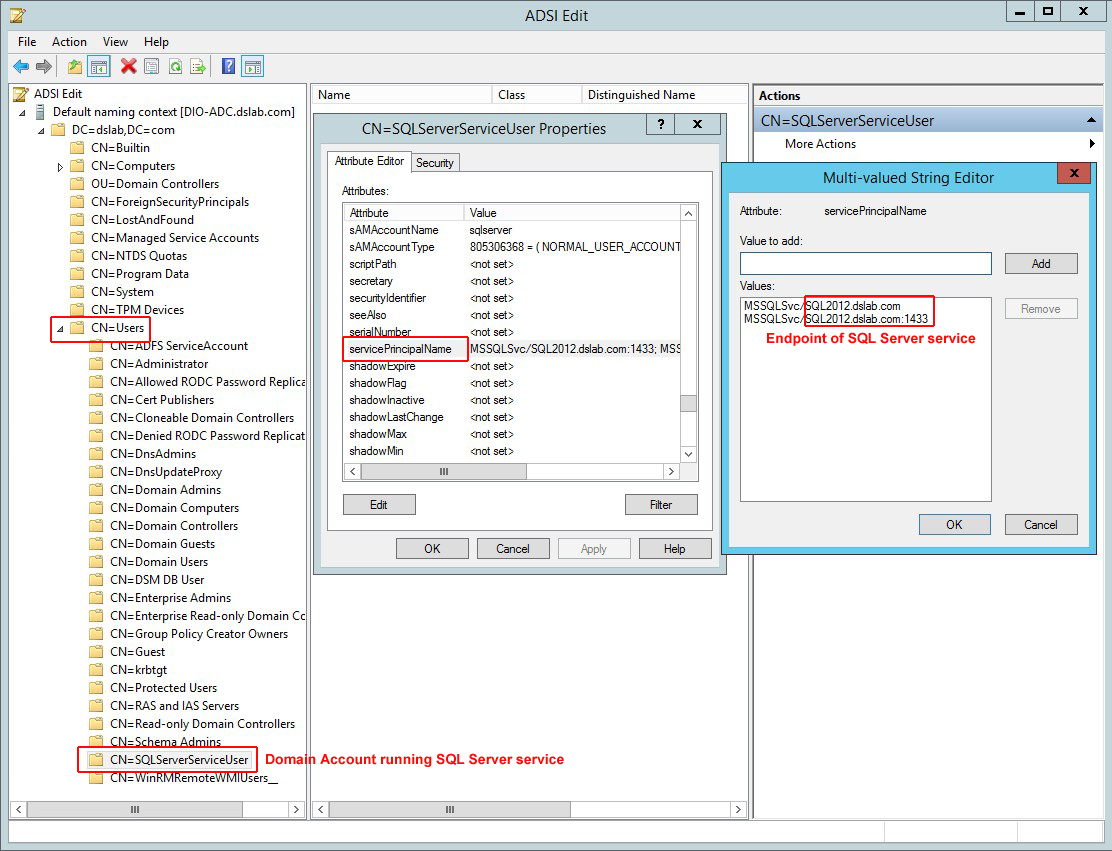

And, for each event, you have to decide what information you want to collect (see the parameter in the documentation). If you follow that link to the documentation you’ll see that there is a long list of events that you can collect information about. The sp_trace_setevent stored procedure is used to set the events to be monitored (see the sp_trace_setevent documentation for more info). The hardest part in setting up a trace is in deciding what information you want to collect.
#Sql express profiler free download code#
* Declare variables used in trace creation */ĭeclare int - Return Code for sp_trace_createĭeclare int - Trace ID created by sp_trace_createĭeclare bigint - Max size in MB for trace fileĮxec = sp_trace_create Set the events to be monitored. trc extension will be appended automatically to the trace file name. The code below will create a trace file ( c) in the C:\Users\Public\Documents folder. Note that the sp_trace_create stored procedure is used to create a trace (see the sp_trace_create documentation for a detailed description of the stored procedure and its parameters). Open SQL Server Management Studio and execute the Transact-SQL below. Note: While SQL Profiler is not included with SQL Server Express, it is included in the Developer version, which sells for about $50 (and I’ve seen slightly better prices on Amazon).ġ.
#Sql express profiler free download for free#
So, in this post I’ll show you how to create, read from, and write to a trace file using SQL and SQL Server Management Studio (which you can download for free from here). Fortunately, SQL Profiler is just a nice UI for functionality that is built into SQL Server (including the Express version). Unfortunately, SQL Profiler (a tool that allows you to easily monitor server activity) is not included as part of SQL Server Express. Of course, monitoring server events can be helpful in troubleshooting any issue, including performance issues, when it comes to data-driven applications.

To get to the root of the problem (and eventually a solution), I used SQL Profiler to monitor events on my database server. A couple of weeks ago I wrote a post ( How to Change Database Settings with the PDO_SQLSRV Driver) that highlighted a problem that came up at the November JumpIn! Camp in Redmond.


 0 kommentar(er)
0 kommentar(er)
